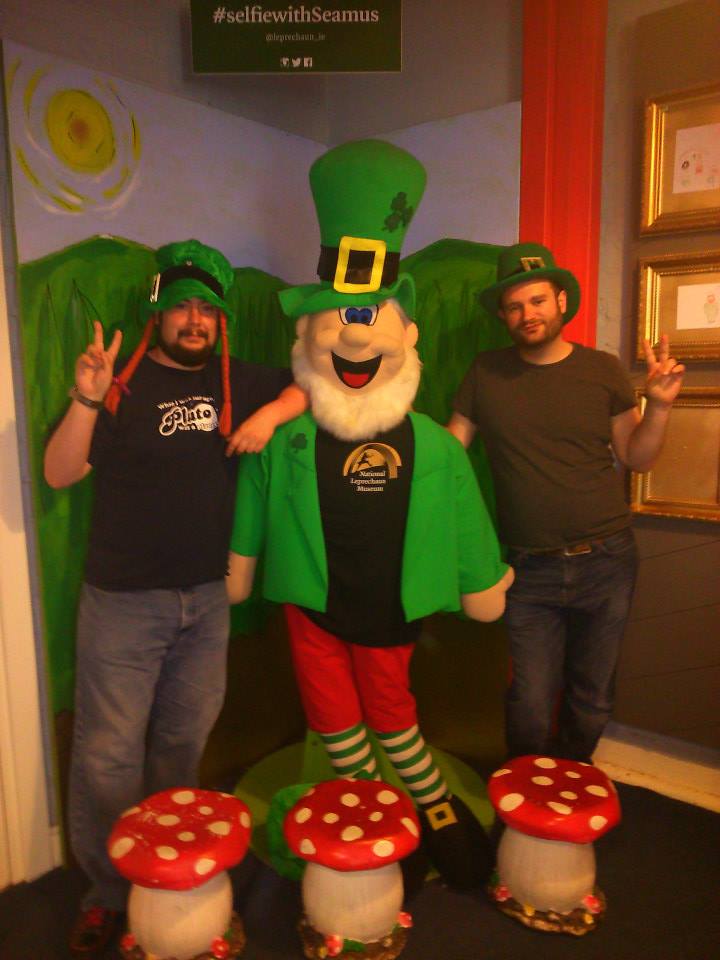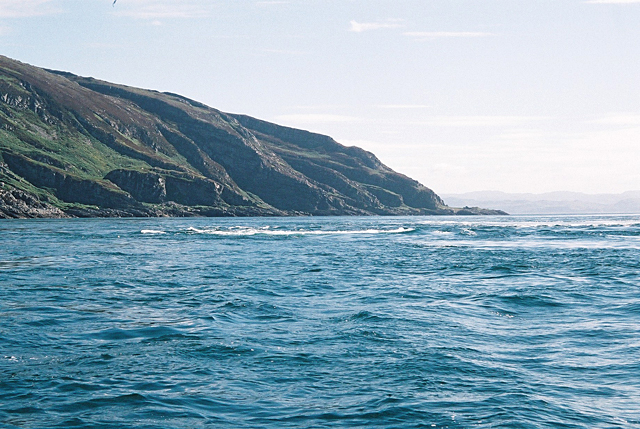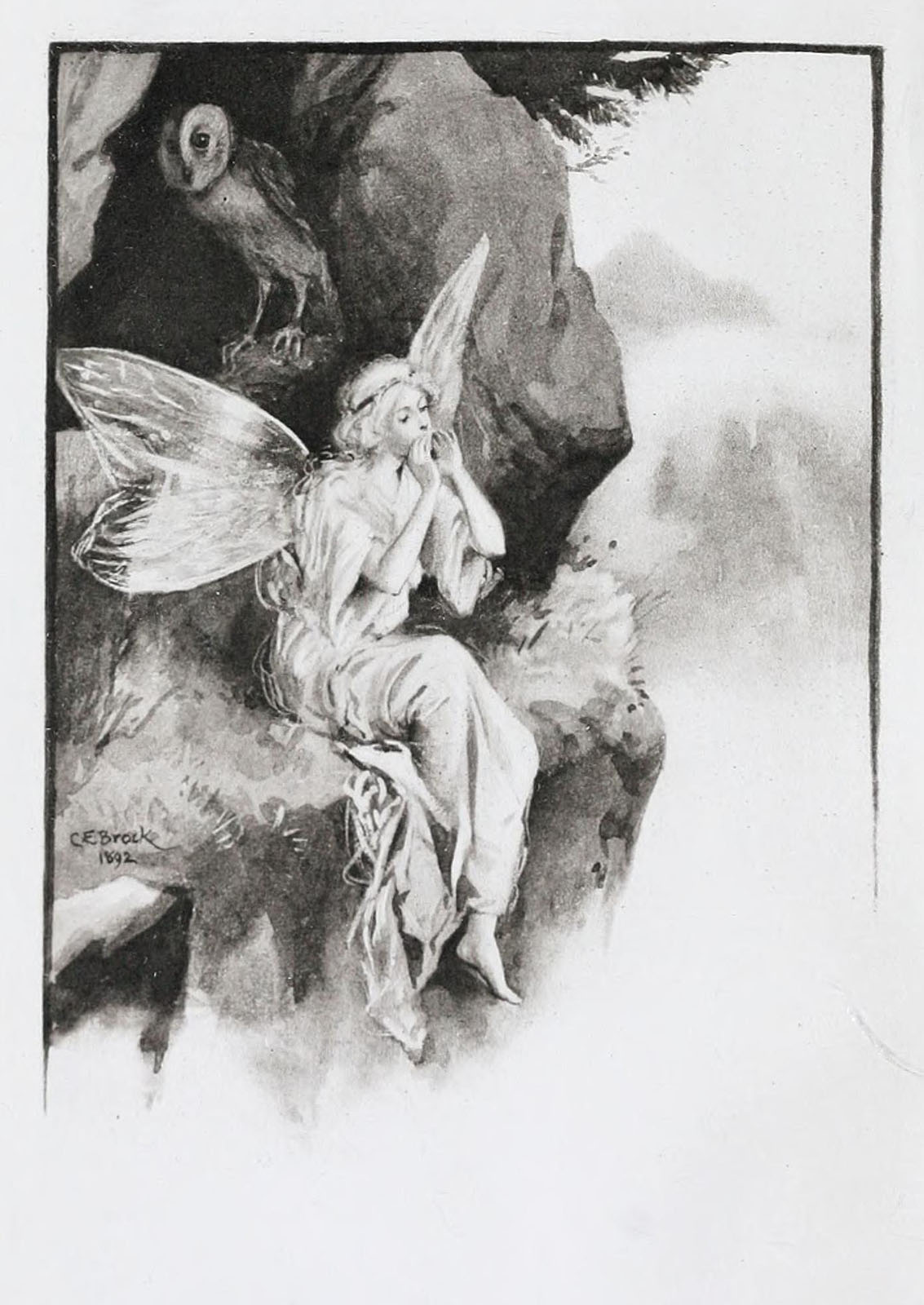|
Far Darrig
A far darrig or fear dearg is a faerie of Irish mythology. The name ''far darrig'' is an Anglophone pronunciation of the Irish words ''fear dearg'', meaning ''Red Man'', as the far darrig is said to wear a red coat and cap. They are also sometimes known as ''Rat Boys'' as they are said to be rather fat, have dark, hairy skin, long snouts and skinny tails. According to ''Fairy and Folk Tales of the Irish Peasantry'', the far darrig is classified as a solitary fairy along with the leprechaun and the clurichaun, all of whom are "most sluttish, slouching, jeering, mischievous phantoms". The far darrig in particular is described as one who "busies himself with practical joking, especially with gruesome joking". One example of this is replacing babies with changelings. They are also said to have some connection to nightmares. See also * Redcap * Leprechaun A leprechaun ( ga, leipreachán/luchorpán) is a diminutive supernatural being in Irish folklore, classed by some as a ty ... [...More Info...] [...Related Items...] OR: [Wikipedia] [Google] [Baidu] |
Fairy
A fairy (also fay, fae, fey, fair folk, or faerie) is a type of mythical being or legendary creature found in the folklore of multiple European cultures (including Celtic, Slavic, Germanic, English, and French folklore), a form of spirit, often described as metaphysical, supernatural, or preternatural. Myths and stories about fairies do not have a single origin, but are rather a collection of folk beliefs from disparate sources. Various folk theories about the origins of fairies include casting them as either demoted angels or demons in a Christian tradition, as deities in Pagan belief systems, as spirits of the dead, as prehistoric precursors to humans, or as spirits of nature. The label of ''fairy'' has at times applied only to specific magical creatures with human appearance, magical powers, and a penchant for trickery. At other times it has been used to describe any magical creature, such as goblins and gnomes. ''Fairy'' has at times been used as an adjective, with a ... [...More Info...] [...Related Items...] OR: [Wikipedia] [Google] [Baidu] |
Leprechaun
A leprechaun ( ga, leipreachán/luchorpán) is a diminutive supernatural being in Irish folklore, classed by some as a type of solitary fairy. They are usually depicted as little bearded men, wearing a coat and hat, who partake in mischief. In later times, they have been depicted as shoe-makers who have a hidden pot of gold at the end of the rainbow. Leprechaun-like creatures rarely appear in Irish mythology and only became prominent in later folklore. Etymology The Anglo-Irish (Hiberno-English) word ''leprechaun'' is descended from Old Irish ''luchorpán or lupracán'', via various (Middle Irish) forms such as ''luchrapán, lupraccán'', (or var. ''luchrupán''). Modern forms The current spelling is used throughout Ireland, but there are numerous regional variants. John O'Donovan's supplement to O'Reilly's ''Irish-English Dictionary'' defines as "a sprite, a pigmy; a fairy of a diminutive size, who always carries a purse containing a shilling".O'Donovan in O'Reilly ( ... [...More Info...] [...Related Items...] OR: [Wikipedia] [Google] [Baidu] |
Scottish Mythology
Scottish mythology is the collection of myths that have emerged throughout the history of Scotland, sometimes being elaborated upon by successive generations, and at other times being rejected and replaced by other explanatory narratives. Nature myths The myths and legends of Scotland have a "local colour" as they tell about the way of life during the olden times, apart from giving a perspective of the nature of the country during various seasons of the year. It was the belief that Beira, the Queen of Winter, had a firm hold on the country by raising storms during January and February thus preventing greenery to emerge. She was considered a tough and brutal old woman who stirred the deadly spiraling action of Corryvreckan, ushering snow, as well as torrents resulting in the overflow of rivers. Even the creation of lochs and mountains were attributed to her. Scottish mythology is not like the Greek and Roman myths as it deals with various aspects of nature. In this conte ... [...More Info...] [...Related Items...] OR: [Wikipedia] [Google] [Baidu] |
Irish Legendary Creatures
Irish may refer to: Common meanings * Someone or something of, from, or related to: ** Ireland, an island situated off the north-western coast of continental Europe *** Éire, Irish language name for the isle ** Northern Ireland, a constituent unit of the United Kingdom of Great Britain and Northern Ireland ** Republic of Ireland, a sovereign state * Irish language Irish ( Standard Irish: ), also known as Gaelic, is a Goidelic language of the Insular Celtic branch of the Celtic language family, which is a part of the Indo-European language family. Irish is indigenous to the island of Ireland and wa ..., a Celtic Goidelic language of the Indo-European language family spoken in Ireland * Irish people, people of Irish ethnicity, people born in Ireland and people who hold Irish citizenship Places * Irish Creek (Kansas), a stream in Kansas * Irish Creek (South Dakota), a stream in South Dakota * Irish Lake, Watonwan County, Minnesota * Irish Sea, the body of water w ... [...More Info...] [...Related Items...] OR: [Wikipedia] [Google] [Baidu] |
Irish Folklore
Irish folklore ( ga, béaloideas) refers to the folktales, balladry, music, dance, and so forth, ultimately, all of folk culture. Irish folklore, when mentioned to many people, conjures up images of banshees, fairies, leprechauns and people gathering around, sharing stories. Many tales and legends were passed from generation to generation, so were the dances and song in the observing of important occasions such as weddings, wakes, birthdays and holidays or, handcraft traditions. All of the above can be considered as a part of folklore, as it is the study and appreciation of how people lived. Definition What constitutes Irish folklore may be rather fuzzy to those unfamiliar with Irish literature. Diarmuid Ó Giolláin, for one, declared that folklore was elusive to define clearly. Bo Almqvist (c. 1977) gave an all-encompassing definition that folklore covered "the totality of folk culture, spiritual and material", and included anything mentioned in Seán Ó Súilleabháin' ... [...More Info...] [...Related Items...] OR: [Wikipedia] [Google] [Baidu] |
Fantasy Creatures
Fantasy is a genre of speculative fiction involving magical elements, typically set in a fictional universe and sometimes inspired by mythology and folklore. Its roots are in oral traditions, which then became fantasy literature and drama. From the twentieth century, it has expanded further into various media, including film, television, graphic novels, manga, animations and video games. Fantasy is distinguished from the genres of science fiction and horror by the respective absence of scientific or macabre themes, although these genres overlap. In popular culture, the fantasy genre predominantly features settings that emulate Earth, but with a sense of otherness. In its broadest sense, however, fantasy consists of works by many writers, artists, filmmakers, and musicians from ancient myths and legends to many recent and popular works. Traits Most fantasy uses magic or other supernatural elements as a main plot element, theme, or setting. Magic, magic practitioners ( ... [...More Info...] [...Related Items...] OR: [Wikipedia] [Google] [Baidu] |
Fairies
A fairy (also fay, fae, fey, fair folk, or faerie) is a type of mythical being or legendary creature found in the folklore of multiple European cultures (including Celtic, Slavic, Germanic, English, and French folklore), a form of spirit, often described as metaphysical, supernatural, or preternatural. Myths and stories about fairies do not have a single origin, but are rather a collection of folk beliefs from disparate sources. Various folk theories about the origins of fairies include casting them as either demoted angels or demons in a Christian mythology, Christian tradition, as deities in Paganism, Pagan belief systems, as spirits of the dead, as Prehistory, prehistoric precursors to humans, or as spirits of nature. The label of ''fairy'' has at times applied only to specific Magic (supernatural), magical creatures with human appearance, magical powers, and a penchant for trickery. At other times it has been used to describe any magical creature, such as goblins an ... [...More Info...] [...Related Items...] OR: [Wikipedia] [Google] [Baidu] |
Aos Sí
' (; older form: ) is the Irish name for a supernatural race in Celtic mythology – spelled ''sìth'' by the Scots, but pronounced the same – comparable to fairies or elves. They are said to descend from either fallen angels or the Tuatha Dé Danann, meaning the "People of Danu", depending on the Abrahamic or pagan tradition. The ''aos sí'' are said to live underground in fairy forts, across the Western sea, or in an invisible world that co-exists with the world of humans. This world is described in the '' Lebor Gabála Érenn'' as a parallel universe in which the ''aos sí'' walk among the living. In modern Irish the people of the mounds are also called ''daoine sí''; in Scottish Gaelic they are called ''daoine sìth'' (in both cases, it means "people of the fairy mound"). They are variously said to be the ancestors, the spirits of nature, or goddesses and gods. Evans Wentz, W. Y. (1966, 1990The Fairy-Faith in Celtic Countries Gerrards Cross, Colin Smythe ... [...More Info...] [...Related Items...] OR: [Wikipedia] [Google] [Baidu] |
Redcap
The redcap (or powrie) is a type of malevolent, murderous goblin found in Border folklore. He is said to inhabit ruined castles along the Anglo-Scottish border, especially those that were the scenes of tyranny or wicked deeds and is known for soaking his cap in the blood of his victims.Henderson, William (1879). ''Folklore of the Northern Counties of England and the Borders'' (2nd ed.) W. Satchell, Peyton & Co. p. 253.Briggs, Katharine (1976). ''An Encyclopedia of Fairies''. Pantheon Books. p. 339. . He is also known as Redcomb and Bloody Cap. Description and behaviour Redcap is depicted as "a short, thickset old elf with long prominent teeth, skinny fingers armed with talons like eagles, large eyes of a fiery red colour, grisly hair streaming down his shoulders, iron boots, a pikestaff in his left hand, and a red cap on his head". When travellers take refuge in his lair, he flings huge stones at them and if he kills them, he soaks his cap in their blood, giving it a crimson hue. ... [...More Info...] [...Related Items...] OR: [Wikipedia] [Google] [Baidu] |
Irish Mythology
Irish mythology is the body of myths native to the island of Ireland. It was originally oral tradition, passed down orally in the Prehistoric Ireland, prehistoric era, being part of ancient Celtic religion. Many myths were later Early Irish literature, written down in the History of Ireland (800–1169), early medieval era by Celtic Christianity, Christian scribes, who modified and Christianized them to some extent. This body of myths is the largest and best preserved of all the branches of Celtic mythology. The tales and themes continued to be developed over time, and the oral tradition continued in Irish folklore alongside the written tradition, but the main themes and characters remained largely consistent. The myths are conventionally grouped into 'List of literary cycles, cycles'. The Mythological Cycle consists of tales and poems about the god-like Tuatha Dé Danann, Túatha Dé Danann, who are based on Ireland's pagan deities, and other mythical races like the Fomoria ... [...More Info...] [...Related Items...] OR: [Wikipedia] [Google] [Baidu] |
Changeling
A changeling, also historically referred to as an auf or oaf, is a human-like creature found in folklore throughout Europe. A changeling was believed to be a fairy that had been left in place of a human (typically a child) stolen by other fairies. Description A changeling is typically identifiable via a number of traits; in Irish legend, a fairy child may appear sickly and will not grow in size like a normal child, and may have notable physical characteristics such as a beard or long teeth. They may also display intelligence far beyond their apparent years, as well as possess uncanny insight. A common way that a changeling could identify itself is through displaying unusual behaviour when it thinks it is alone, such as jumping about, dancing or playing an instrument – though this last example is found only within Irish and Scottish legend. "A human child might be taken due to many factors: to act as a servant, the love of a human child, or malice.Katharine Briggs, ''An Enc ... [...More Info...] [...Related Items...] OR: [Wikipedia] [Google] [Baidu] |
Practical Joke
A practical joke, or prank, is a mischievous trick played on someone, generally causing the victim to experience embarrassment, perplexity, confusion, or discomfort.Marsh, Moira. 2015. ''Practically Joking''. Logan: Utah State University Press. A person who performs a practical joke is called a "practical joker" or "prankster". Other terms for practical jokes include gag, rib, jape, or shenanigan. Practical jokes differ from confidence tricks or hoaxes in that the victim finds out, or is let in on the joke, rather than being talked into handing over money or other valuables. Practical jokes are generally lighthearted and without lasting effect; they aim to make the victim feel humbled or foolish, but not victimized or humiliated. Thus most practical jokes are affectionate gestures of humour and designed to encourage laughter. However, practical jokes performed with cruelty can constitute bullying, whose intent is to harass or exclude rather than reinforce social bonds throug ... [...More Info...] [...Related Items...] OR: [Wikipedia] [Google] [Baidu] |




_(14730388126).jpg)

.jpg)


